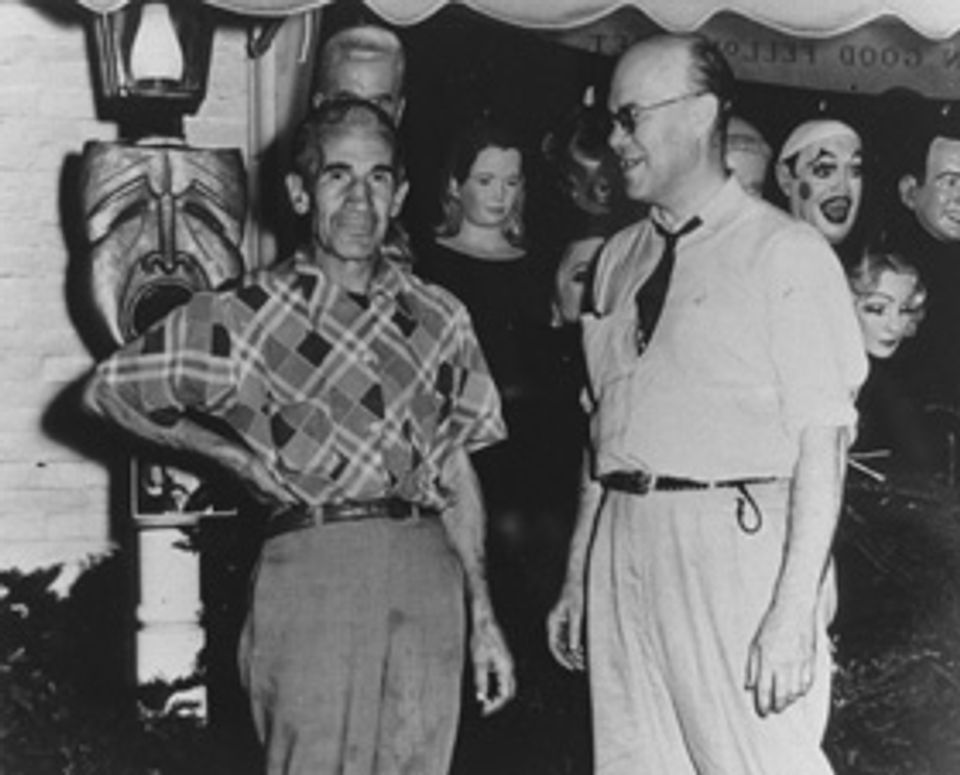Victor Joseph Gatto

- Also known as
- Joseph Gatto
- Joe Gatto
- Died
- Miami, Florida, United States
- Biography
"Joe" Gatto, an Italian Catholic, rarely went to church, but in his religious visionary images (many sparked by his memories of a near-fatal illness) Gatto tells a story of personal importance. Created early in his career, Suffering Christ is his most austere and solemn work [SAAM 1986.65.114]. The image of Christ bears some resemblance to the artist's slight, athletic body. Most of Gatto's paintings—scenes of everyday life in New York, exotic cultures, historical events, and tropical episodes —are packed with endless detail built up with many layers of minute brushstrokes. Gatto, a bachelor and a former featherweight boxer, lived with his widowed stepmother in the section of New York known as "Little Italy." Painters Elaine and Willem De Kooning lived in the next apartment in the late 1930s, and Elaine De Kooning and other artists encouraged Gatto's painting. His work received critical acclaim through several exhibitions in New York galleries during the 1940s and 1950s, his most productive period.
Lynda Roscoe Hartigan Made with Passion: The Hemphill Folk Art Collection in the National Museum of American Art (Washington, D.C. and London: National Museum of American Art with the Smithsonian Institution Press, 1990)













